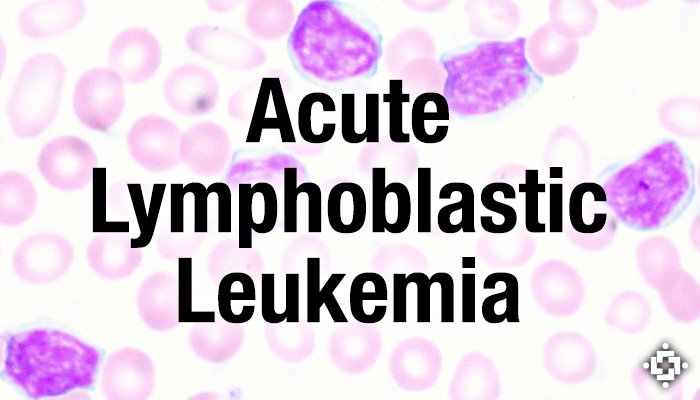Acute Lymphoblastic Leukemia Treatment Overview
Acute Lymphoblastic Leukemia (ALL) is a type of cancer that affects the blood and bone marrow.

Introduction to Acute Lymphoblastic Leukemia (ALL)
Acute Lymphoblastic Leukemia (ALL) is a type of cancer that affects the blood and bone marrow. It is the most common type of cancer in children, but it can also affect adults. ALL occurs when the bone marrow produces too many immature lymphocytes, which are a type of white blood cell that helps fight infection. The immature lymphocytes are not able to function properly, which can lead to a weakened immune system and other health problems.
Symptoms of ALL may include fatigue, weakness, fever, loss of appetite, weight loss, and enlarged lymph nodes. If left untreated, ALL can be life-threatening.
Treatment Approaches for ALL
The treatment approach for ALL depends on several factors, including the patient’s age, overall health, and the stage of the cancer. The goal of treatment is to destroy the cancer cells and achieve remission, which means there are no signs of cancer in the body. After remission is achieved, additional treatment may be needed to prevent the cancer from returning.
The acute lymphoblastic leukemia treatment market is anticipated to record a CAGR of around 5.5% over the forecast period, i.e., 2019-2027.
The main treatment approaches for ALL include chemotherapy, targeted therapy, stem cell transplant, and clinical trials.
Chemotherapy for ALL
Chemotherapy is a common treatment for ALL. It uses drugs to kill cancer cells. Chemotherapy can be given orally or through an IV. The drugs used in chemotherapy can have side effects, such as hair loss, nausea, vomiting, and fatigue. However, newer chemotherapy drugs have fewer side effects.
Chemotherapy is usually given in cycles, with periods of treatment followed by periods of rest. This allows the body to recover from the effects of the drugs.
Targeted Therapy for ALL
Targeted therapy is a newer approach to treating ALL. It uses drugs that target specific proteins or pathways in cancer cells. This can help kill the cancer cells while minimizing damage to healthy cells.
Targeted therapy drugs can be given orally or through an IV. They may have fewer side effects than chemotherapy. However, targeted therapy is not effective for all patients with ALL.
Stem Cell Transplant for ALL
A stem cell transplant is a treatment option for patients with ALL who have not responded to other treatments or who have a high risk of the cancer returning. The transplant involves replacing the patient’s diseased bone marrow with healthy bone marrow from a donor.
Stem cell transplants can be risky and have many potential complications, such as infections and graft-versus-host disease. However, they can also be very effective in treating ALL.
Clinical Trials for ALL
Clinical trials are research studies that test new treatments for ALL. They are a way for patients to access new treatments that may not yet be available to the general public. Clinical trials can also help doctors learn more about the best ways to treat ALL.
Participating in a clinical trial may have risks, but it can also have benefits. Patients who participate in clinical trials may receive a new treatment that is more effective than standard treatments.
Conclusion
Acute Lymphoblastic Leukemia is a serious and potentially life-threatening cancer. However, there are several treatment options available, including chemotherapy, targeted therapy, stem cell transplant, and clinical trials. Each treatment approach has its own benefits and risks, and the choice of treatment depends on several factors. Patients with ALL should discuss their treatment options with their healthcare team to determine the best approach for their individual case.




